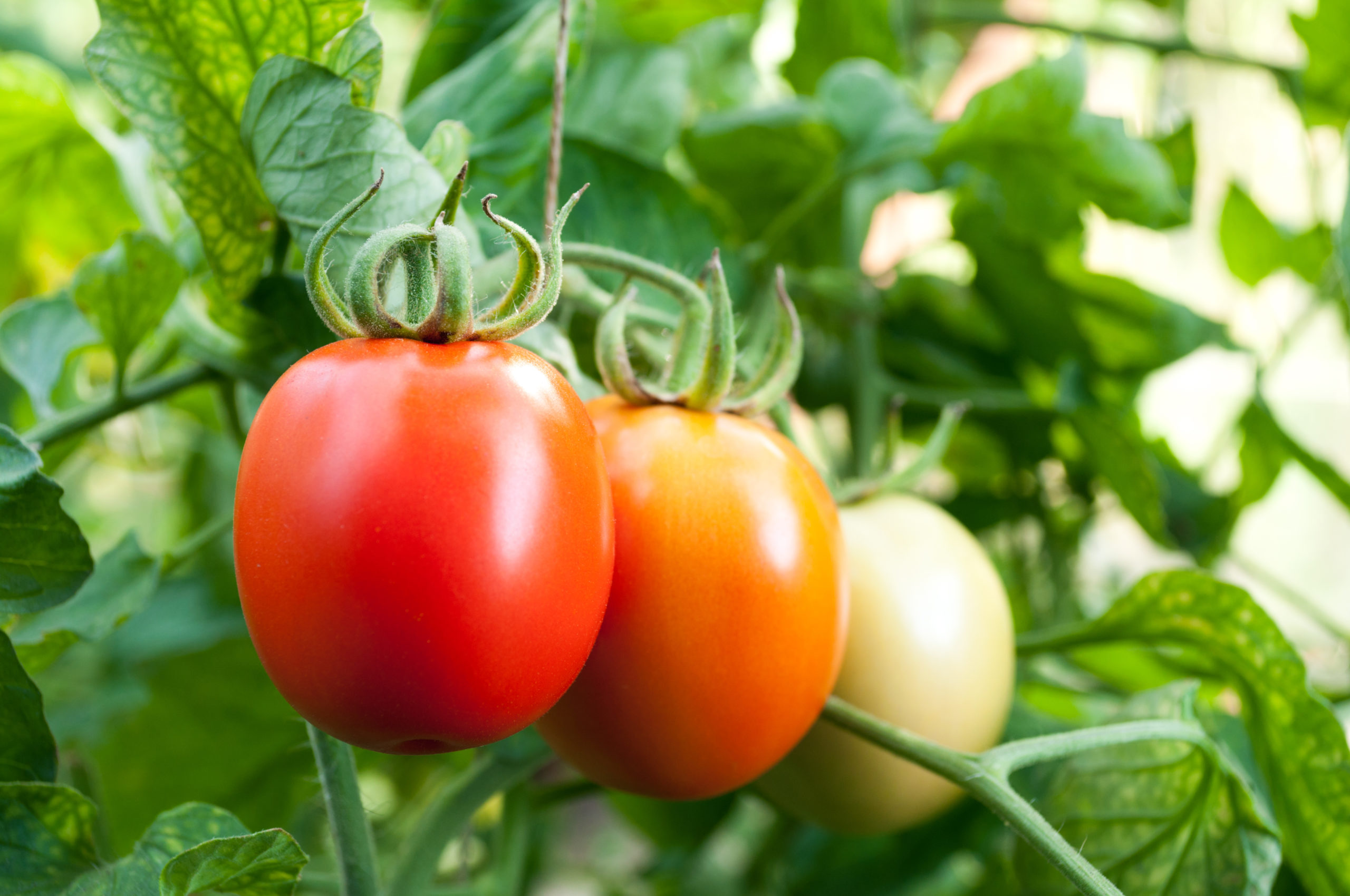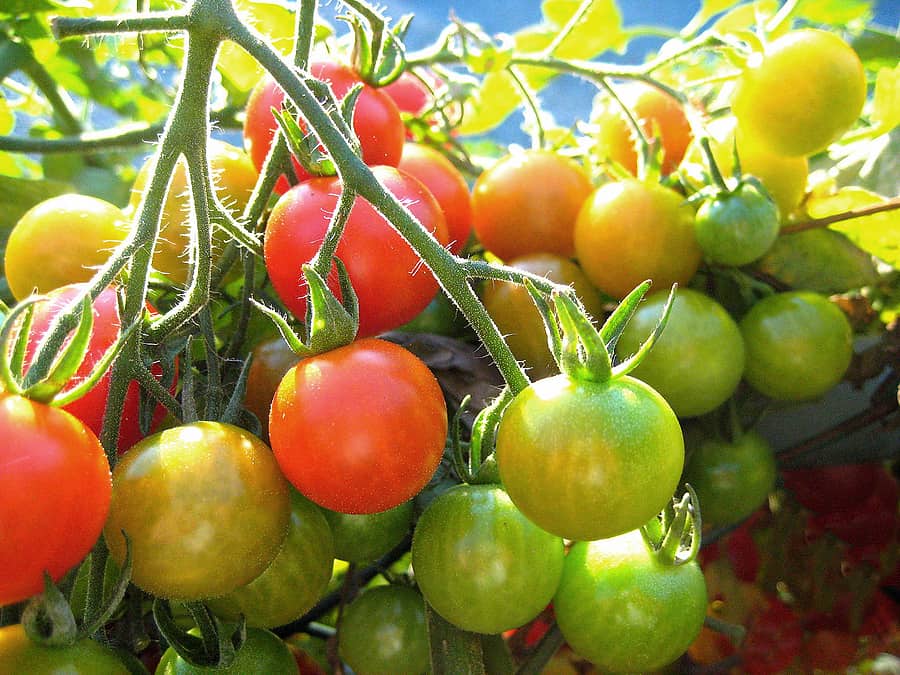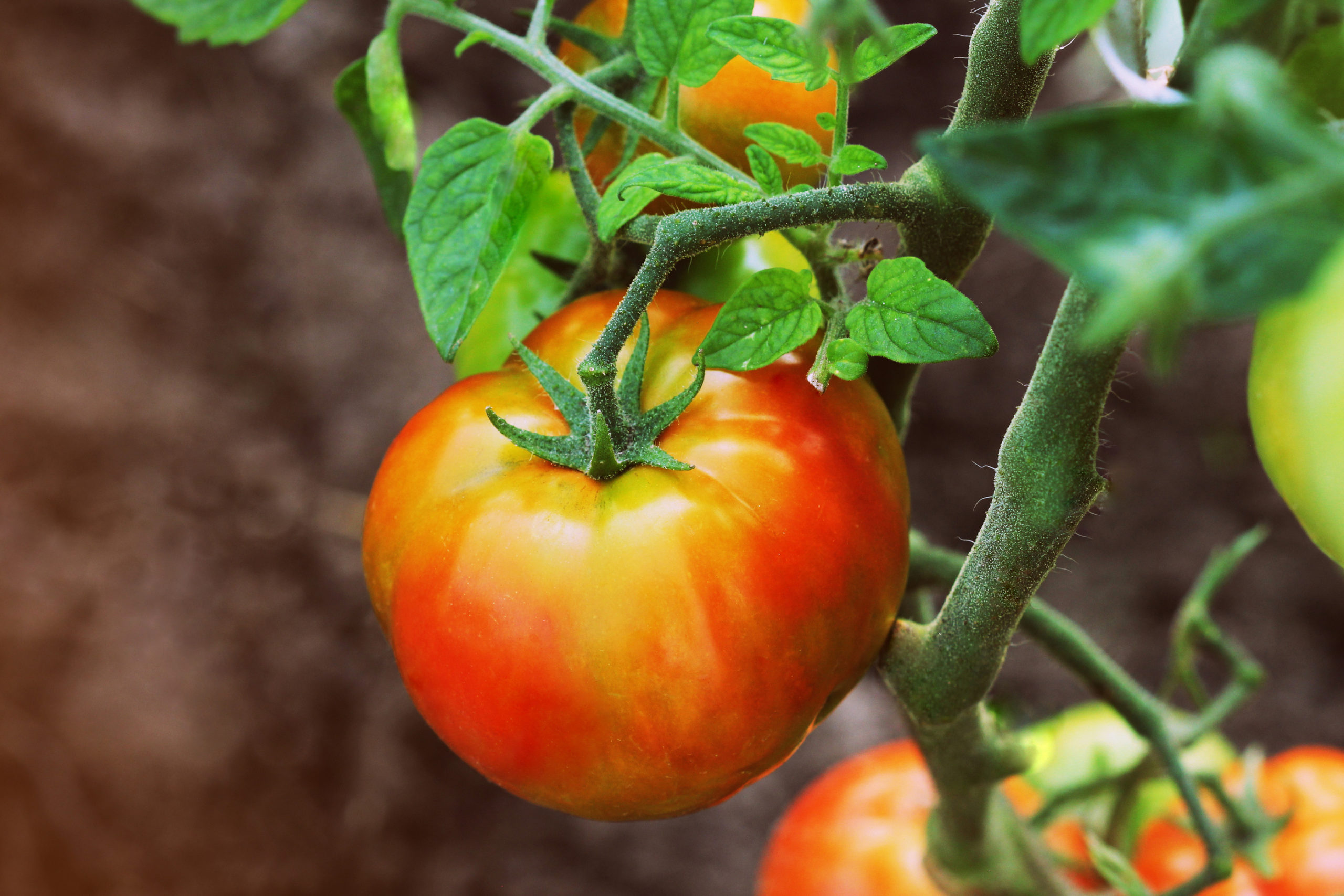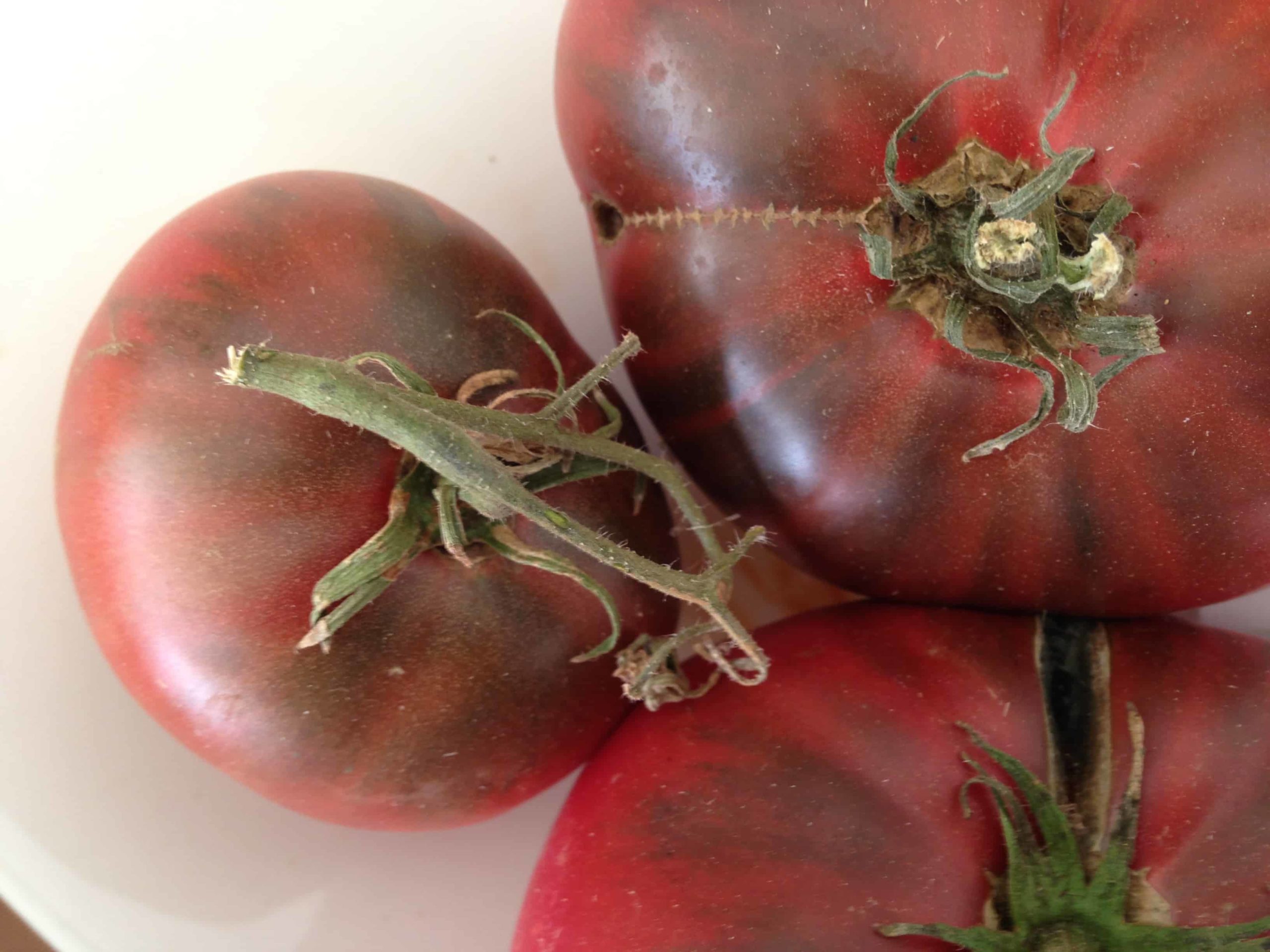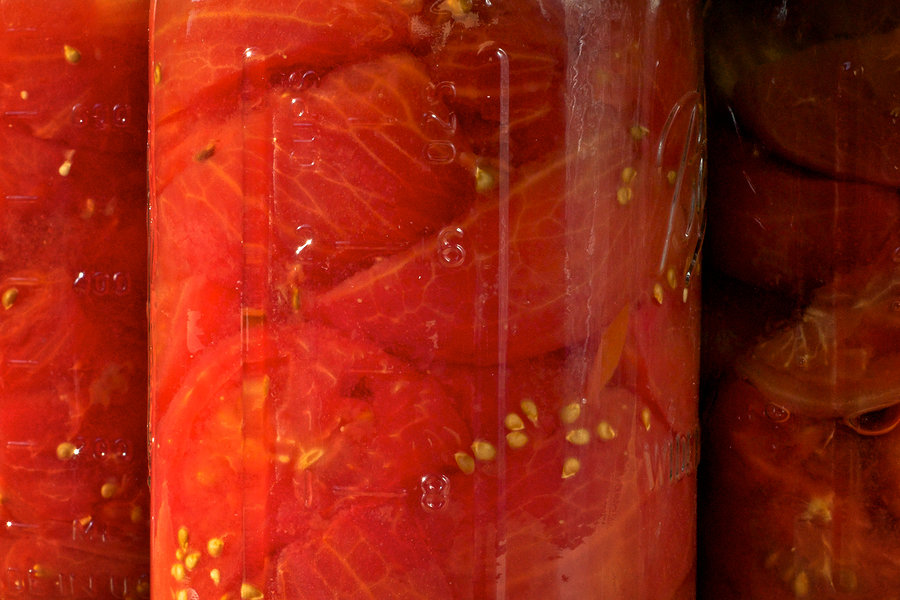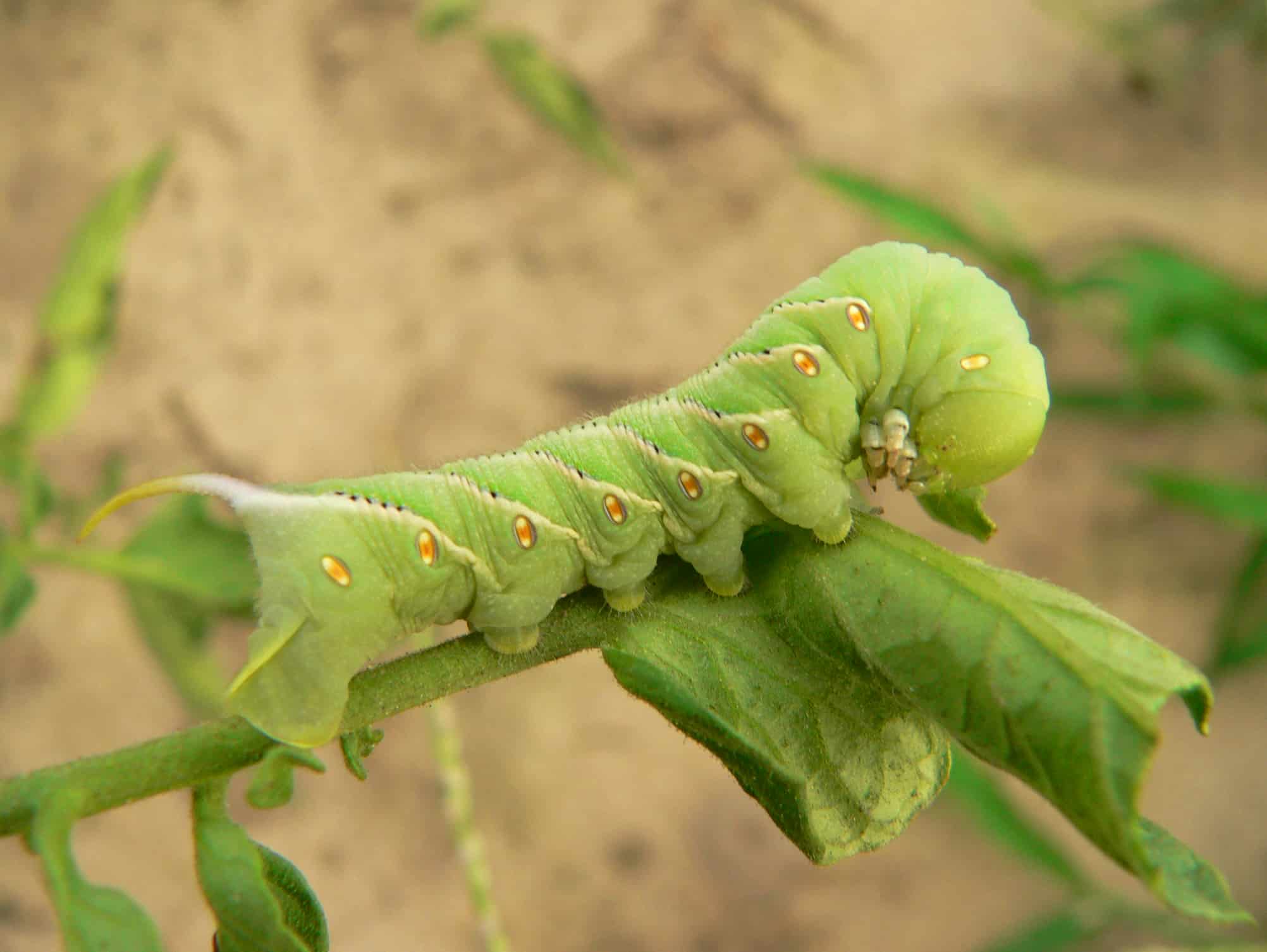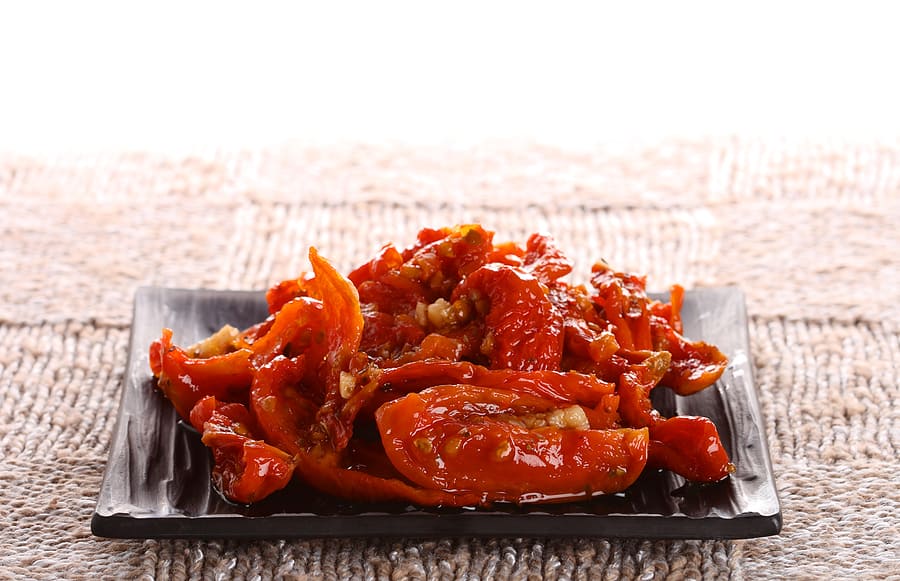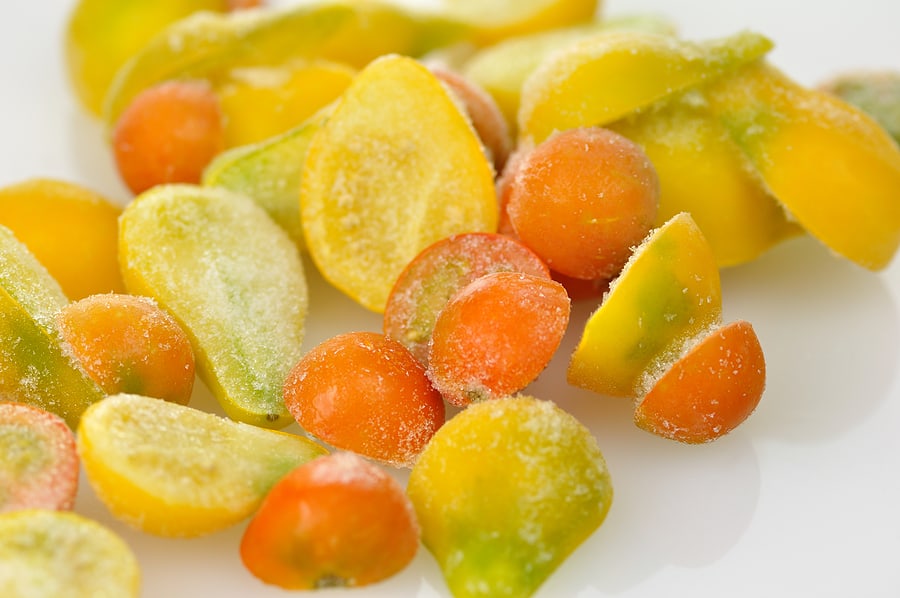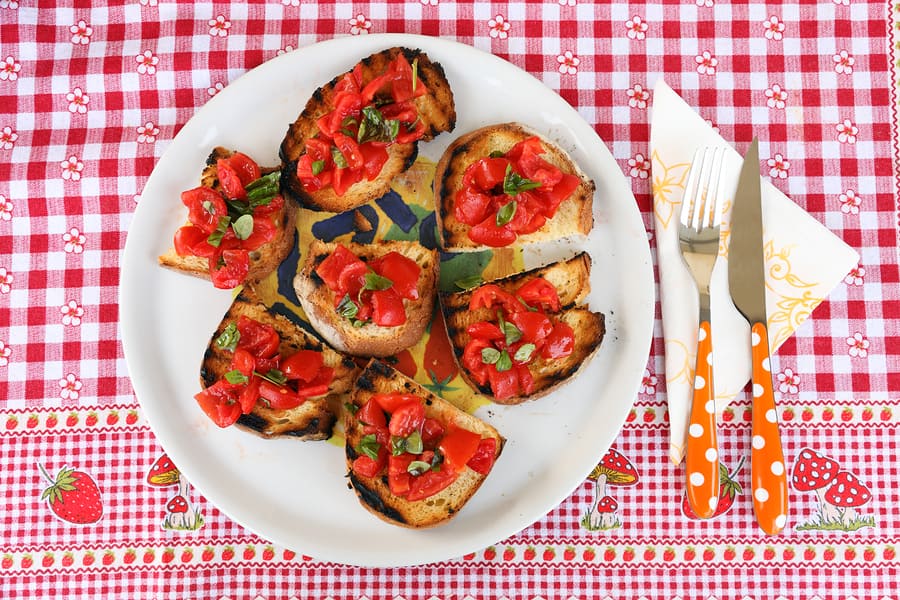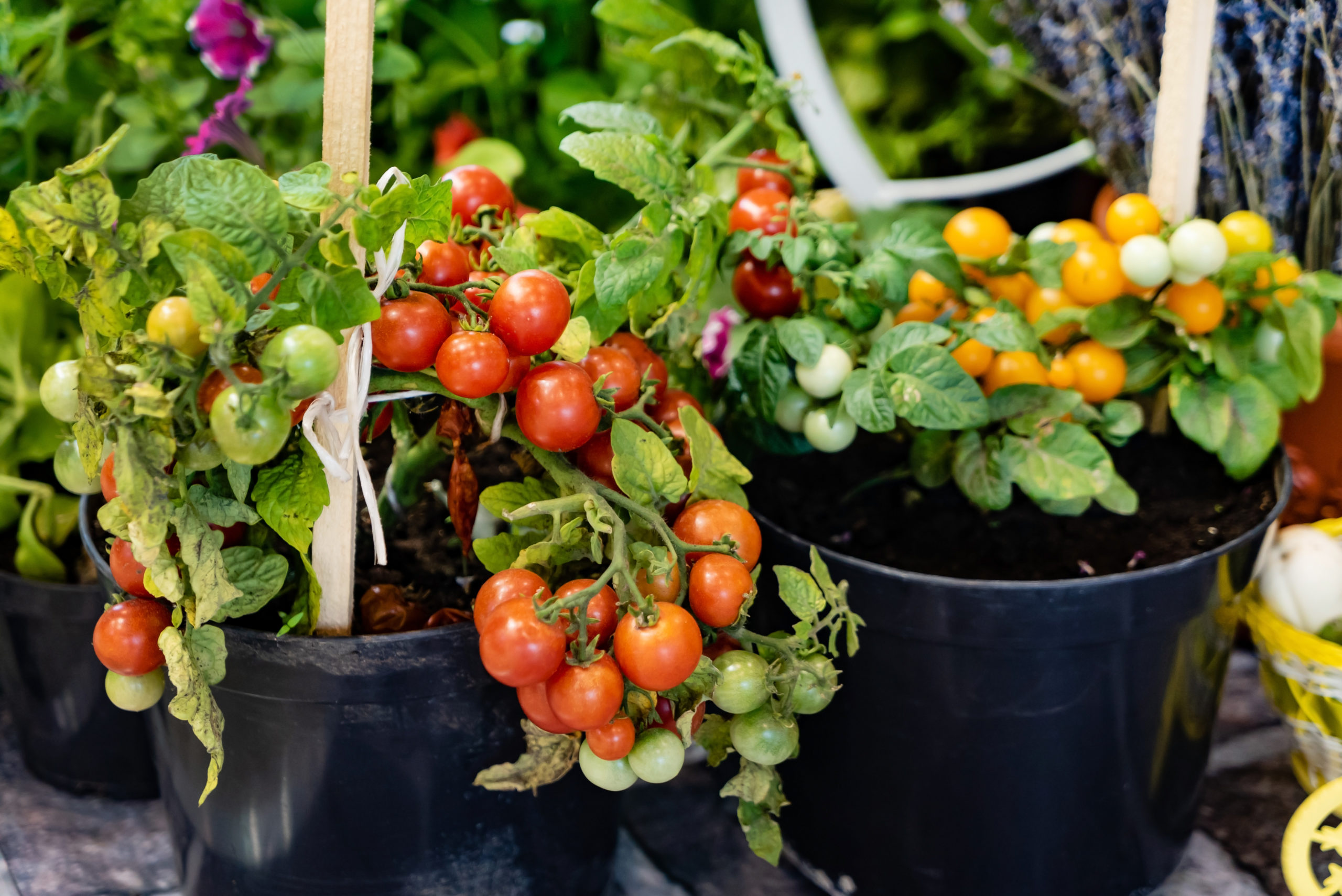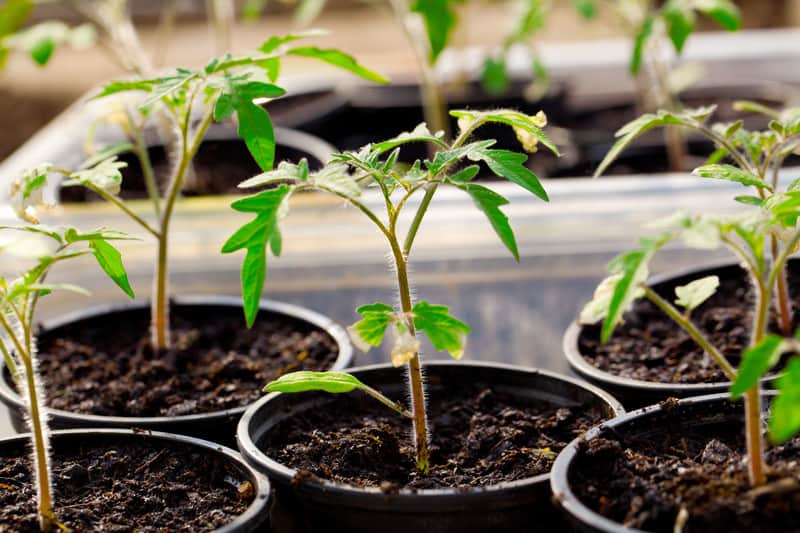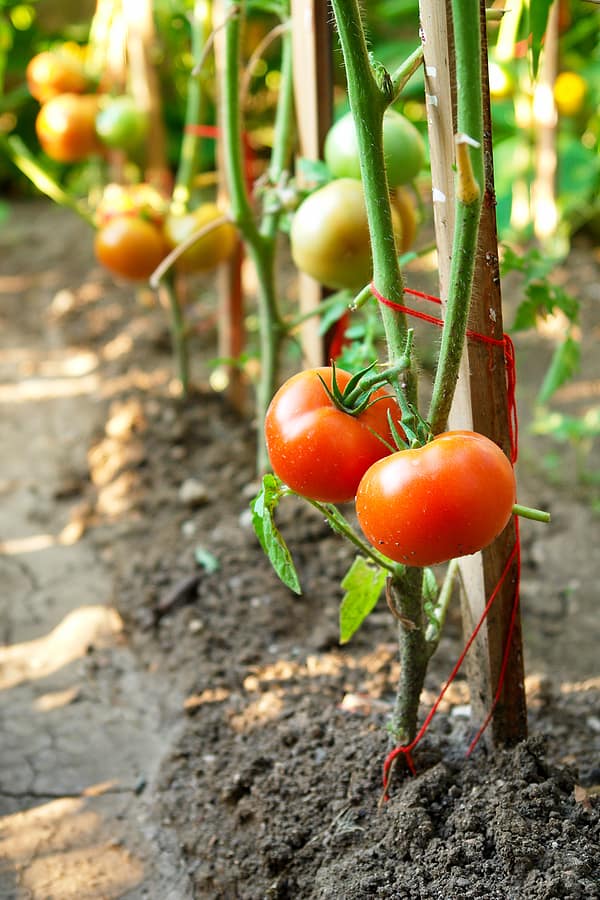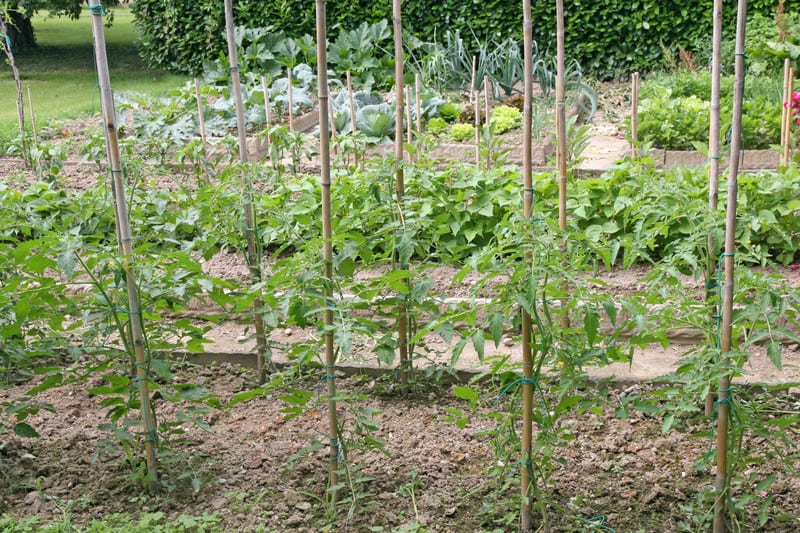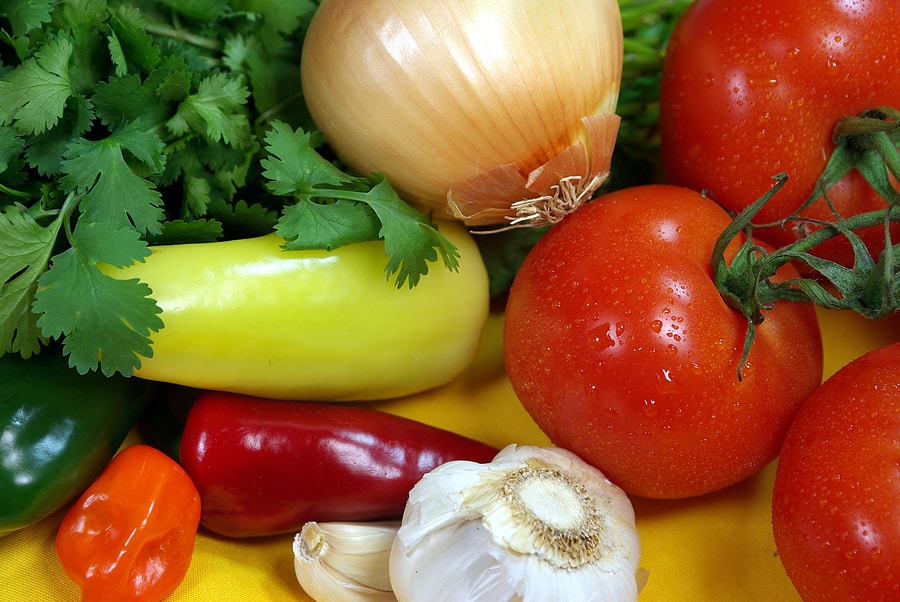Tomato
Latest stories
More stories
-
How to Ripen Tomatoes
Standard-sized tomatoes take 20 to 30 days from blossom set to reach full size–commonly called “mature green”; they take another 20 to 30 days to ripen, that is begin to change color. A tomato can be picked when it begins to change color–from green to red, pink, yellow, or orange depending upon the cultivar. The […] More
-
in Tomatoes
Tomato Flavor Explained
Flavor is probably the best reason for selecting a tomato for kitchen garden growing. Once you have identified your favorite tomato (or tomatoes), the memory of that fruit’s flavor will easily get you started in spring and keep you going until harvest year after year. Getting to know new tomatoes and their tastes will bring […] More
-
in Preserve
How to Home Can Tomatoes for Beginners
Canning is the best way to enjoy fresh, flavorful garden-grown tomatoes long after harvest time. Canned tomatoes are ideal for use in soups, stews, and casseroles. You will need 22 pounds of fresh tomatoes for a canner load of 7 quarts and 14 pounds of fresh tomatoes for a canner load of 9 pints. That’s […] More
-
Tomato Growing Problems: Troubleshooting
Tomato plants are susceptible to several diseases and pests. Preventing problems is the best-growing strategy. Best tips on How to Grow Tomatoes. Here is a troubleshooting list of possible tomato problems with brief control suggestions. For a full description of pests and diseases and prevention and controls click over to the Pest Problem Solver of […] More
-
How to Sun-Dry and Oven-Dry Tomatoes
Sun-dry tomatoes or oven-dry tomatoes to use for seasoning in salads, soups, stews, casseroles, mixed vegetables, and snacks. You can also rehydrate dried tomatoes for use in cooking. Dried tomatoes are fresh, ripe tomatoes that have been placed in the sun, in an oven, or in a food dryer to dry out the water content. […] More
-
How to Freeze Ripe Tomatoes
Freeze the bounty of tomatoes you don’t eat fresh this summer for use in cooking next winter. How to freeze a tomato Freeze tomatoes whole or cut them into wedges. Wash and dry tomatoes for freezing and cut out any bad spots or bruises. Place whole or sliced tomatoes on a baking sheet and put […] More
-
Nine Ways to Cook and Serve Tomatoes
Ways to cook tomatoes, try: fry, sauté, roast, broil-grill, stew, and steam, also make tomato gratin, stuffed tomatoes, and tomato soup. The tomato is a fruit used as a vegetable in savory dishes for its juicy texture and mildly sweet, rich taste. Tomatoes are at their absolute best vine-ripened towards the end of summer. The […] More
-
Growing Tomatoes in Containers
Tomatoes are easily grown in containers—clay pots, plastic nursery pots, and wood boxes Container-grown tomatoes have the same growing requirements as garden-grown tomatoes: 6 to 8 hours of sunlight each day, nutrient-rich soil, and enough water or soil moisture for steady, even growth. Best tips on How to Plant, Grow, and Harvest Tomatoes. You can […] More
-
Tomato Seed Starting Tips
Tomatoes are a tender, warm-weather crop. Start tomatoes indoors 10 to 8 weeks before the last expected frost in spring. Set tomato seedlings into the garden after all danger of frost is past. Plant tomato seedlings in the garden 4 weeks after the last frost. The garden soil temperature for setting out transplants should be […] More
-
How to Prune Tomatoes
Pruning a tomato means removing unneeded growth tips from the plant. These growing tips are sometimes called shoots or suckers. Growth tips are the new growth–the small leafy-bud growth–located in the “V” or crotch between two stems. Pruning or pinching away new growth allows a tomato plant to concentrate its energy on the development of […] More
-
in Gardening Tips, Plant
Grow Tomatoes on Stakes
Grow tomatoes on stakes to ripen fruits earlier than plants that are not staked. Grow tomatoes on stakes to keep fruit cleaner and easier to spot at harvest. You can grow almost twice as many staked tomatoes in a given area than if you let plants grow unstaked or in cages. Tomatoes grown on stakes […] More
-
How to Grow Salsa
Salsa is a delicious and versatile condiment, dip that can be enjoyed with a wide variety of foods. Although it’s most commonly paired with chips, salsa can also be used as a topping for tacos, eggs, grilled meats, or salads. If you’re a fan of this tasty dip, why not try growing your salsa ingredients? […] More

